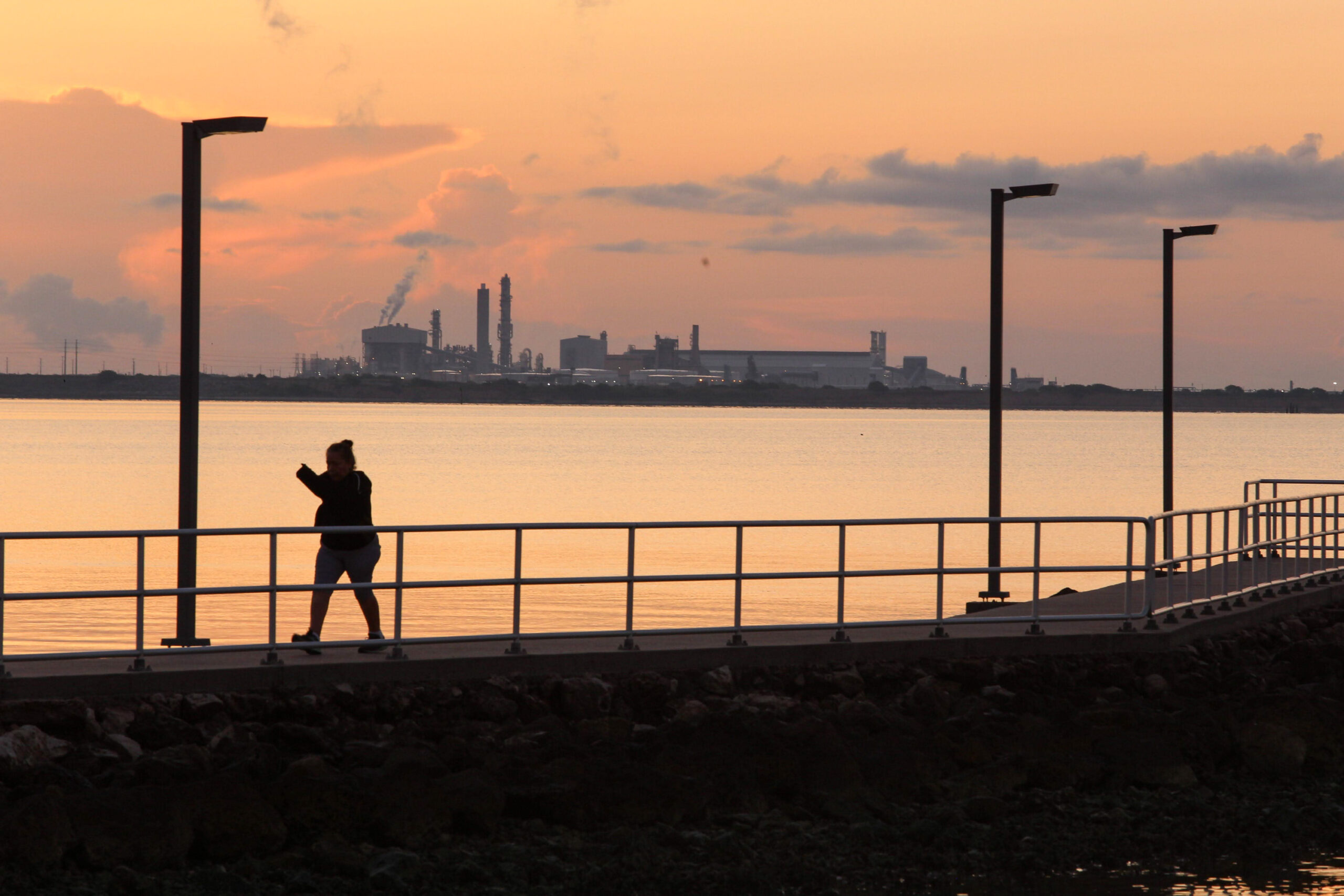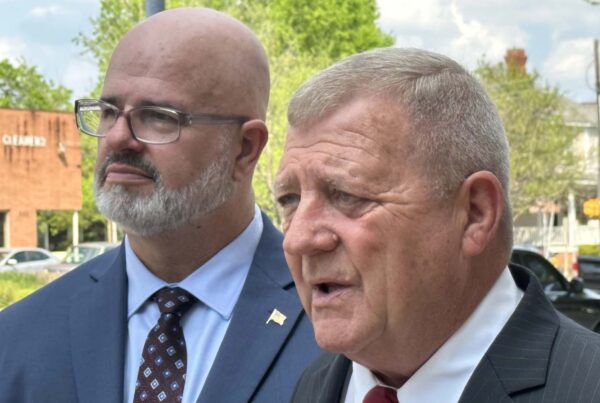From Inside Climate News:
Federal authorities have outlined a path forward for controversial plans to dredge a canal for oil tankers through a Superfund site on the Texas coast amid persistent environmental concerns.
During a presentation Tuesday night in a hotel conference room here, officials from the U.S. Army Corps of Engineers outlined a $2.8 million effort to test the bay floor at the site and order the removal of any contaminants identified so that the Matagorda Bay ship channel project can move forward. The project calls for dredging and expanding a 27-mile stretch of the canal to make way for larger tankers carrying oil from Texas for export.
The corps first approved the channel project in 2020 but withdrew that decision in a court filing last December, acknowledging a need for more environmental studies. The move followed years of complaints and a lawsuit by environmental groups arguing that the corps had inadequately tested for toxic materials settled on the floor of the shallow bay.
This area of the bay, which lies midway between Galveston and Corpus Christi, was once covered in mercury, a metallic neurotoxin dumped by a now-shuttered Alcoa aluminum plant in the 1960s and ‘70s. The bay floor was designated a Superfund site in the 1990s, and a federally mandated cleanup removed most of it in the 2000s.

Paul Horn / Inside Climate News
Tuesday’s presentation underlined the corps’s resolve to proceed with the canal’s expansion, even if tests reveal that mercury still lies on the bay floor.
“Regardless of the amount of contamination that we find, it will all be removed before dredging work commences,” said Ramon Roman-Sanchez of the corps’ regional planning and environmental center.
The $218 million canal expansion will allow the world’s largest class of ships to dock at the Seahawk Oil Terminal, owned by Max Midstream, which is partially financing the project. There, the enormous freighters will load crude oil, piped from the shale field of Texas, for sale on foreign markets.
Mauricio Blanco, a 51-year-old shrimper in Port Lavaca, expressed disappointment when he learned that the corps would be presenting plans to move forward with the project after revoking approval last year.
“I thought it was shut down for good,” he said, speaking Tuesday from his boat in Port Lavaca harbor before the meeting. “But money can buy anything, I guess.”
In the initial review of the canal project, the corps tested eight points in the 5.7 million-square-foot proposed dredging area and found no elevated mercury levels. Three more sediment taken samples in 2022 produced the same results.
But in its presentation Tuesday night, corps officials said that a review of historical data had revealed spots of remaining contamination in or near the proposed dredging zone. In 2009, two of 23 sites tested showed mercury levels above federal limits inside the project area. Another test in 2021, just outside the project area, found mercury above twice the limit.

















